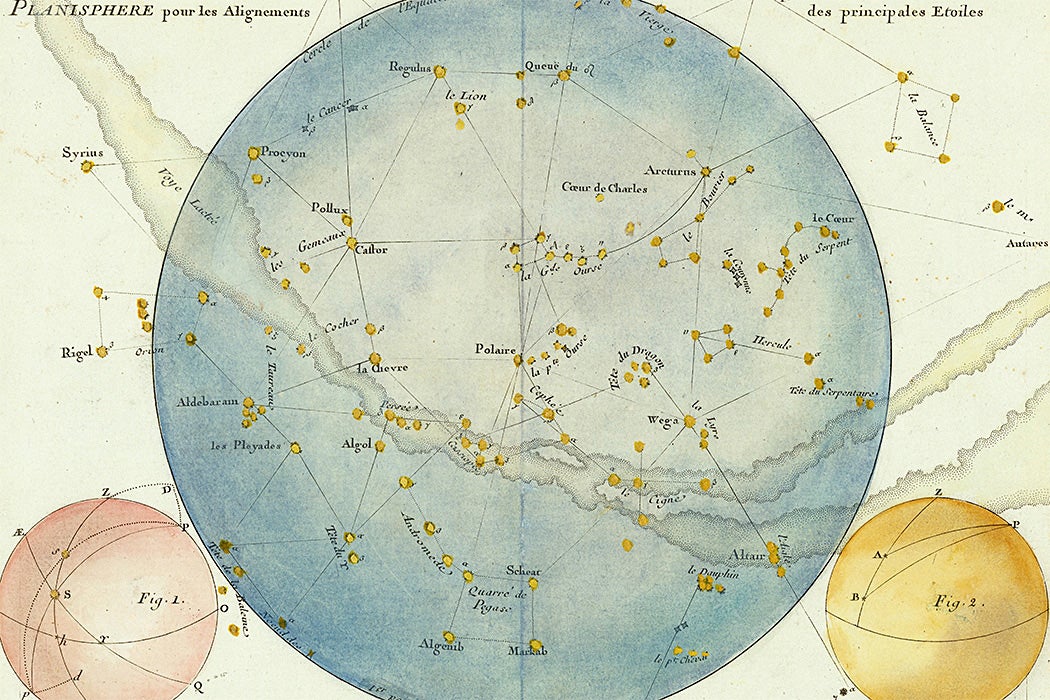In 1639, a spider wove a web in William Gascoigne’s telescope and changed astronomy. The English astronomer realized that if he rigged up similar threads to a micrometer, he could precisely measure angular distance between the stars. The invention became so crucial to astronomy that disputes broke out over who invented the device—though eventually an old letter proved Gascoigne’s priority.
John Flamsteed, the first Astronomer Royal, was an early adopter of these instruments. Historian Richard J. Spiegel argues that Flamsteed and the micrometer helped change what it meant to be an astronomer.
Flamsteed’s appointment as Astronomer Royal came as Giovanni Cassini was observing Saturn and Edmond Halley was writing about comets. Flamsteed himself had a “bitter rivalry” with none other than Isaac Newton, Spiegel explains. The astronomers of this period, including Flamsteed, felt as though they were continuing the work of Tycho Brahe. This meant taking very accurate measurements—and a lot of them.
Astronomical observation was something of an art, and skill in this arena was generally associated with keen eyesight and intuition. But Flamsteed believed that the telescope and the micrometer made an individual’s eyesight and judgment less important. He argued that it was becoming more important for the astronomer to be adept at operating and evaluating new technologies. His ideal astronomer was a “skilful technician” and not a “sage-observer,” writes Spiegel.
Flamsteed spent a great deal of time learning the intricacies of these machines and urging others to do the same. When he was asked to source a micrometer for Cassini, his main priority was to find someone capable of making a high-quality screw. The screw controlled the width between the threads or reticles of the micrometer, making it fundamental to accuracy. Aside from finding quality artisans, he needed to evaluate their work. He spent time determining how many rotations of the screw would open the reticles an inch. This was partly because he prized the ability to find and correct faults in astronomical technology. Instruments made from wood were sensitive to the weather. Parts made from metal were heavy and prone to wear.
Weekly Newsletter
Flamsteed meticulously monitored and measured these types of changes and modified instruments to correct for them. In one case, the weight of a seven-foot quadrant made the wall underneath it sink. He tried to measure how fast it was sinking so he could correct his astronomical measurements. He was trying to prove that observation could be made into a mechanical process.
Flamsteed’s mindset was not entirely welcome. Halley wrote a “notoriously pejorative” preface to one edition of Flamsteed’s star atlas, and Newton helped pressure Flamsteed out of his position in the Royal Observatory. Possible errors in Flamsteed’s atlas and faulty measurements of stellar parallax didn’t help his case. But by the end of the seventeenth century, Spiegel argues, “the telescope had moved from being an instrument of discovery to one of measurement.”
In this view, Flamsteed’s story is “something of a prehistory” to the later age of photographic astronomy.







